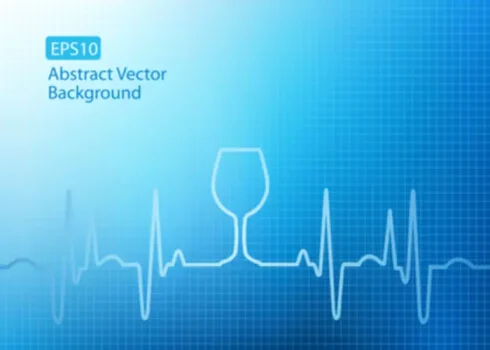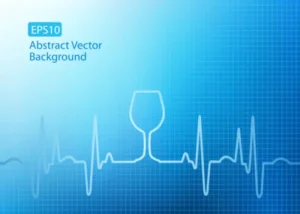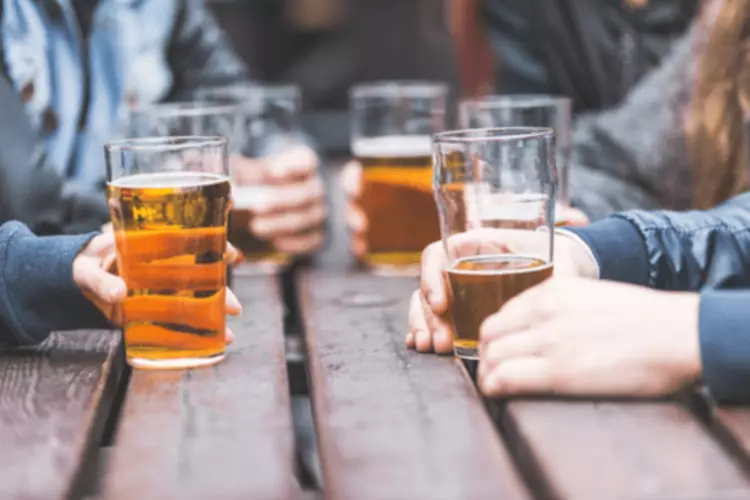
Alongside these sessions, people will receive 12 therapy sessions without MDMA. To treat PTSD, a healthcare professional will deliver therapy sessions with the use of MDMA in three 8-hour sessions. A 2021 double-blind, placebo-controlled study looked at the effects of therapy alongside either MDMA or a placebo in treating severe PTSD. MDMA therapy uses regulated doses of MDMA in a clinical setting to help healthcare professionals treat certain psychiatric conditions, such as PTSD.
MDMA-Assisted Therapy for PTSD
- MDMA increases levels of norepinephrine, serotonin, and dopamine, which are chemical messengers in the brain.
- And the effects last—more than two-thirds of patients receiving MDMA-assisted psychotherapy no longer had PTSD when measured one year later.
- The efficacy demonstrated in MDMA-assisted therapy clinical trials suggests a stark contrast to standard therapeutic methods (although there have not yet been head-to-head trials comparing MDMA to conventional treatments).
- The comfortable living room setting must be private and free of interruption.
- Special Forces Veterans who received ibogaine and 5-MeO-DMT at a psychedelic clinical program in Mexico reported substantial improvement in PTSD symptoms and suicidal ideation after the program (63).
In PTSD studies only, the odds of experiencing any TEAE were lower in the MDMA-AP group compared with control. Data were extracted by the primary reviewer (JC), and subsequently checked for accuracy and completeness by a second reviewer (AAG or SM). For missing data, reviewers first contacted study authors for unreported data and/or additional details. If additional information was not available, missing data were coded as “Not Reported”.
Trauma-focused treatment for comorbid post-traumatic stress and substance use disorder
- This indicates that much remains unknown about the safety profile of MDMA-AP.
- These findings have led the FDA to grant MDMA-assisted therapy “expanded access status.” This means mental health professionals can give the drug to certain people who have very severe forms of PTSD that may be life-threatening, without a clinical trial.
- The effects can last as long as eight hours, during which the patient has the opportunity to revisit important past events and emotions with two trained therapists.
- To our knowledge, this is the first comprehensive systematic review and meta-analysis of side effects of MDMA-AP across psychiatric indications.
- Study arms were not significantly different in terms of race, ethnicity, sex, age, dissociative subtype, disability or CAPS-5 score (Table 1).
- Moreover, 45 of 52 (86.5 percent) within the MDMA group achieved a clinically meaningful benefit, as defined in this study by a 10-point decline in CAPS-5 score.
Since pure MDMA is used along with proper dosing, MDMA doesn’t pose as many risks compared to a recreational setting where the drug is often adulterated and environmental factors such as temperature aren’t regulated. Regardless of the setting, there are physiological commonalities, however. MDMA smooths communication, makes things look less threatening and fearful, nurturing people’s ability to experience each other in a more positive way. As Mithoefer notes, “It makes sense then that MDMA could make it easier to communicate if people weren’t as sensitive to interpreting someone else’s expression as being threatening.”In doing so, MDMA paves a way for and accelerates bonding between therapists and a patient. Required bonding time is reduced and a strong “therapeutic alliance” is formed. In all types of psychotherapy, this alliance is a known contributor to optimal outcomes..

What Is MDMA-Assisted Therapy for PTSD?
In addition to listening and responding to the patient when they speak, the therapists offer little analysis of the material but may ask questions for the patient to reflect on what is coming up for them. These findings have led the FDA to grant MDMA-assisted therapy “expanded access status.” This means mental health professionals can give the drug to certain people who have very severe forms of PTSD that may be life-threatening, without a clinical trial. It can also be given to people whose PTSD doesn’t respond well to other types of therapy and who can’t be part of phase III clinical trials. The 2007 FDA Amendments Act mandated the reporting of all clinical trial results, including adverse events, in the ClinicalTrials.gov database 31. To assess whether the adverse events reported in published articles aligned with those recorded in ClinicalTrial.gov, we compared molly mdma the total number of serious and ‘non-serious’ adverse events from each of these sources for each trial.

The Mitchell Study

This raises the question as to whether or not studies utilizing inactive placebos can truly be considered double-blind experiments. Patients in the experimental treatment group received an initial dose of 125 mg of MDMA followed by an additional 62.5 mg after 2.5 h. The active placebo group received an initial dose of 25 mg of MDMA followed by an additional 12.5 mg 2.5 h later. The dose of MDMA used for the active placebo group was chosen to stimulant mild but detectable psychological effects. In contrast, they were able to prevent this behavior using an antagonist of the vasopressin receptor 1A.117 There are two possibilities that might explain these contradictory results.

What are the effects of MDMA on the brain?
A recent study has confirmed that 3,4-Methylenedioxymethamphetamine (MDMA), commonly known as ecstasy, may be a helpful aid in the treatment of PTSD. Rachel Yehuda, PhD, Director of Mount Sinai’s Center for Psychedelic Psychotherapy and Trauma Research, breaks down the top five things psychiatrists need to know about MDMA-assisted psychotherapy. This substance guide was originally published on August 2, 2021 and updated regularly to reflect the latest information on MDMA research, therapy, and treatments. The picture wouldn’t be complete without hearing from a therapist’s perspective, especially in regard to a not yet legal treatment. We know 3 therapists who provide valuable insight into this novel field.They are Evan Sola, Genesee Herzberg and Sylver Quevedo. The MDMA Investigator’s Brochure is a regulatory document informing investigators of all safety and efficacy findings.
- Additionally, 46 percent of participants in the MDMA group met remission criteria, compared to 21 percent of those who received a placebo.
- Here we report the results of MAPP2, the second, confirmatory phase 3 study that extends the findings of MAPP1 (refs. 12,30) in an ethnoracially diverse population with moderate to severe PTSD (Supplementary Table 1).
- An effective dosing paradigm was established by Oehen and co-workers utilizing low dose MDMA as an active placebo.221 The use of an active placebo is an important part of the experimental design implemented by Oehen and co-workers.
- Heterogeneous reporting practices across studies also placed limitations on our ability to combine side effect data for meta-analyses.
- Furthermore, given that other treatments for PTSD are not consistently effective for those with the dissociative subtype, these data, if replicated, would indicate an important novel therapeutic niche for MDMA-assisted therapy for typically hard-to-treat populations.
- In a 2002 paper published in Science, Ricaurte and co-workers described experiments performed in nonhuman primates demonstrating severe dopaminergic (and to a lesser extent serotonergic) neurotoxicity of MDMA.263 These authors suggested that MDMA might put users at risk for developing Parkinson’s disease.
